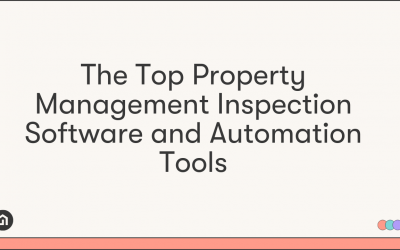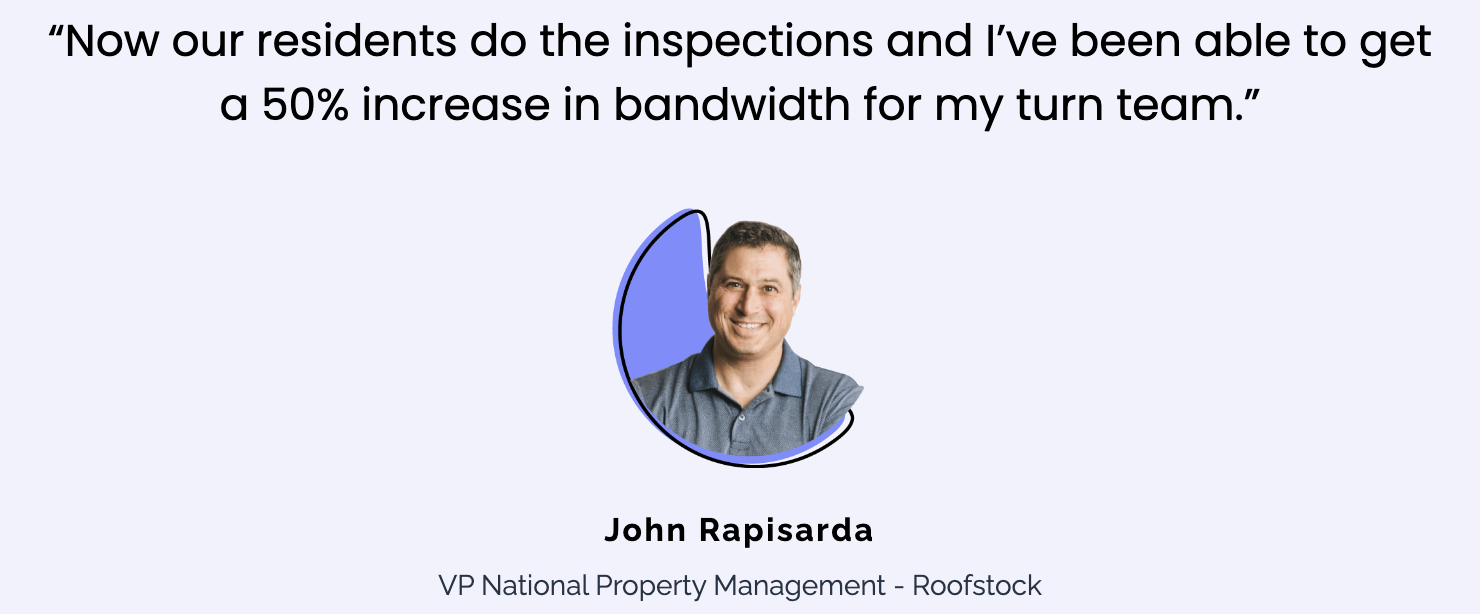Eviction and Security Deposit Law
I’m going to be adding a section to these updates that review new property management laws, property ordinances, and tax law. Do you have a few resources that I should be looking at to aggregate int his daily update? If so, please let me know and send them along.
But for now, I’ll give you a short link to Buildium’s analysis on eviction and security deposit laws for different states.
Be a Straight Shooter
Managing expectations is supremely important in the property management industry. It is even important for Latchel when we discuss maintenance operations with property managers. Don’t write your contracts in ways that set you up for failure. Don’t lease your properties with expectations that tie you to next day maintenance operations. Play it safe. Be a straight shooter and your headaches go away.
Read the entire op piece here by Andrew Syrios.
Evaluating Multifamily Deals
Ben Leybovitch thinks we’ve been to use Cap Rate and Cash-On-Cash wrong when evaluating multifamily. He says if people are generally buying multifamily for the income, and Cap Rate will give a general idea of market behavior. For example, a 7% cap rate would tell you that behavior isn’t aggressive, but people aren’t holding out for 10% cap. Here’s what he say’s about that:
Suppose you are analyzing this data in order to support your decision-making relative to a potential acquisition on your desk. Pardon my French, but what the hell did this data tell you that’s particularly useful relative to underwriting the worth of an investment? Did you find out how much or how stable your cash flow is likely to be in the years you are planning to hold? Did you find out what your expected appreciation might be? Did you find out how much the cash flows represented by this asset are really worth in the future (net present value of these cash flows)?
Similarly, he gives the impression that Cash-On-Cash is a bad metric because it is not indicative of any market trend. And for anyone looking to protect themselves from a negative shock to the rental market, this does aboslutely nothing for you. Here’s what he says:
Cash-on-cash return is what we deem a static metric. It is akin to a snapshot in time. A still image. It is a true metric for that specific fragment of time, but this fragment may or may not be indicative of the entire tapestry that is your sandwich (I mean, your investment). Just because something is true over here, doesn’t mean it’ll be true over there.
He eloquently uses the analogy of sandwich making to convey his message. It is worth a read over at bigger pockets.
Tech in Commercial Real Estate
Yardi deep dives into an analysis of technology in CRE. They believe that software must move to differentiate themselves from other platforms to provide higher value across the many operational needs of commercial real estate.
I’ll weight in with my own opinion here. I’m skeptical that differentiation is what CRE technology needs to do to bring high value. Rather, opening up the software ecosystem to third party developers would lead to a flood of new technologies for incredibly low prices. This lifts CRE profit margins and value captured from software.
Read Yardi’s analysis from the question posed at their webinar here.
Retail Real Estate Troubles
Online sales continue to eat away at brick-and-mortar activity. Chains struggle to stay in business or find themselves selling off sites to stay alive. Since 2015, the retail sector has seen continuous decline and it does not appear to be stabilizing anytime soon. NREI outlines retails struggle in vivid detail with loaded charts and statistics.
As always, please register for the Latchel mailing list if you like these daily updates. You’ll also get exclusive access to excerpts from Will Gordon’s upcoming book, “The Lean Property Manager.”
















